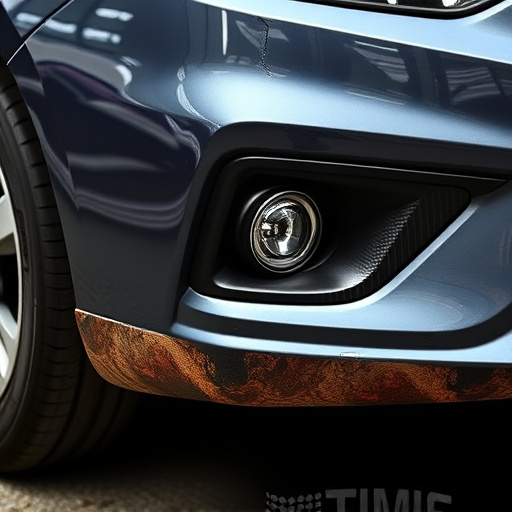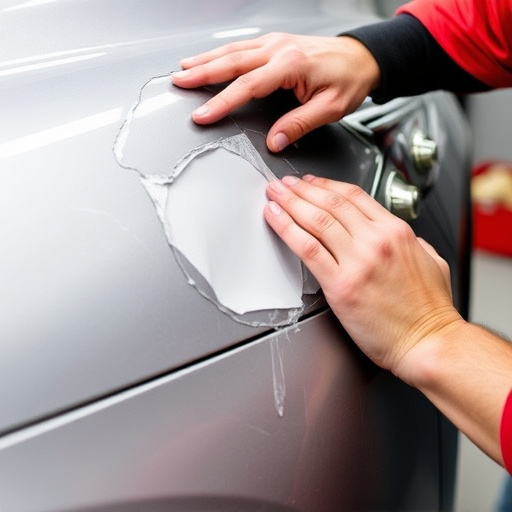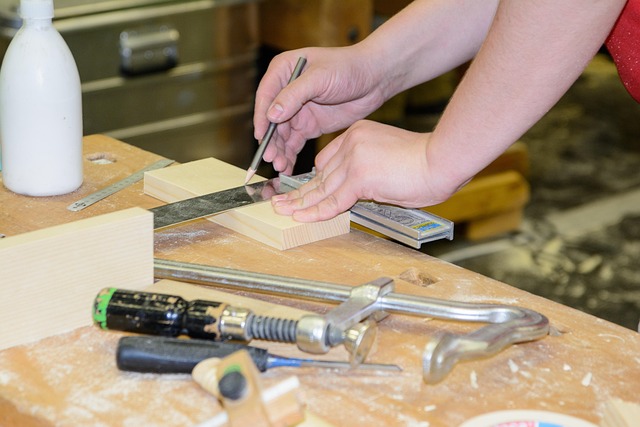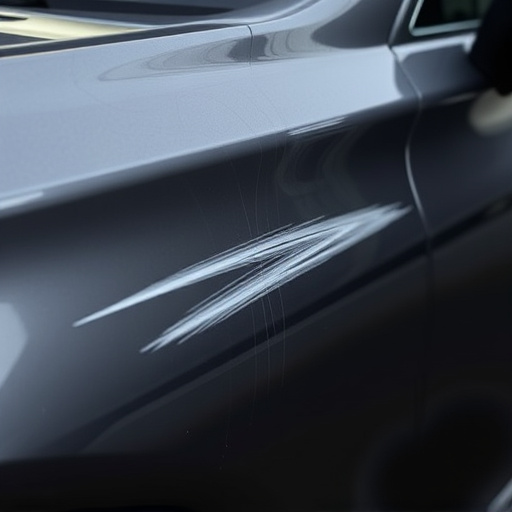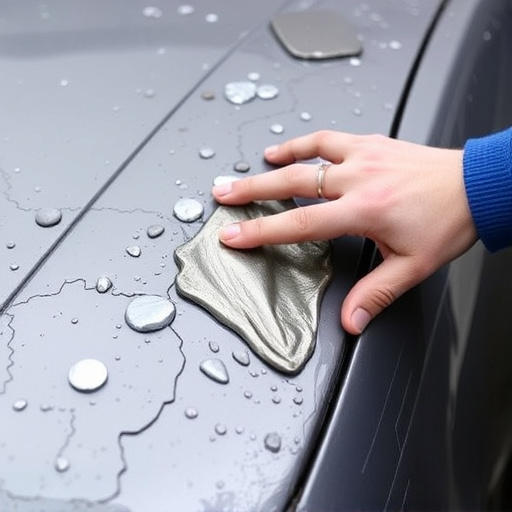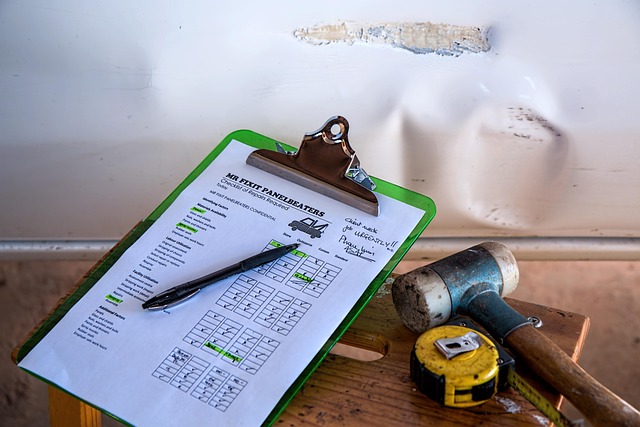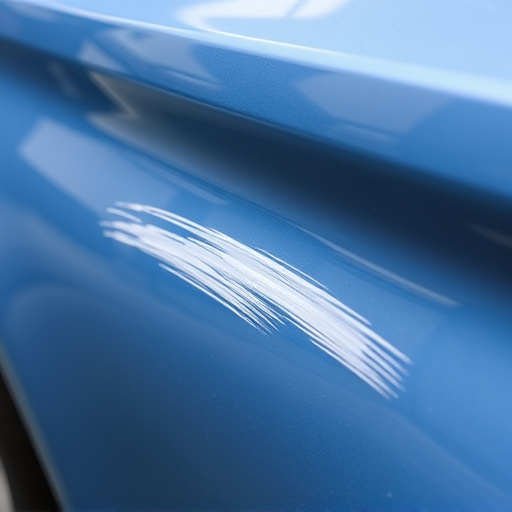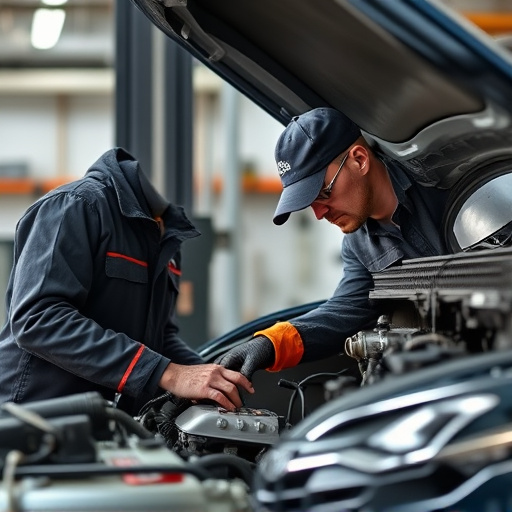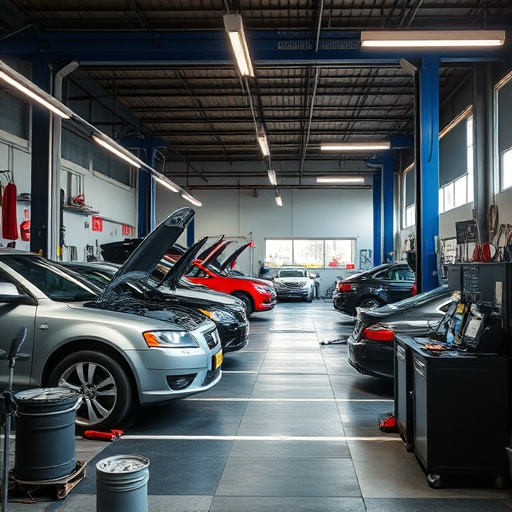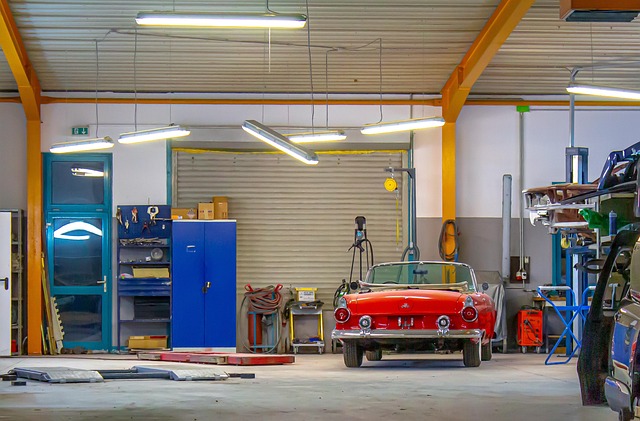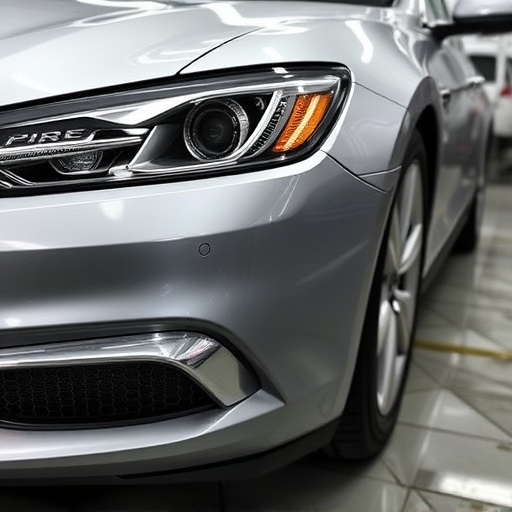Restoring Tesla's major structural integrity requires skilled technicians to precisely realign and reinforce advanced driver-assistance systems (ADAS) sensors, crucial for safety features like adaptive cruise control and automatic emergency braking. Professional repair services ensure these sensors function optimally after damage, maintaining vehicle safety and efficiency.
Tesla vehicles, renowned for their advanced technology, require meticulous care when undergoing major structural repairs. This is particularly true for realigning ADAS (Advanced Driver-Assistance Systems) sensors, crucial for safety features like Autopilot. Understanding the intricacies of Tesla major structural repairs and the precise sensor realignment process is essential for maintaining optimal vehicle performance and ensuring the safety of drivers and passengers.
- Understanding Tesla Major Structural Repairs
- ADAS Sensors: Role and Realignment Process
- Ensuring Safety and Performance After Repair
Understanding Tesla Major Structural Repairs
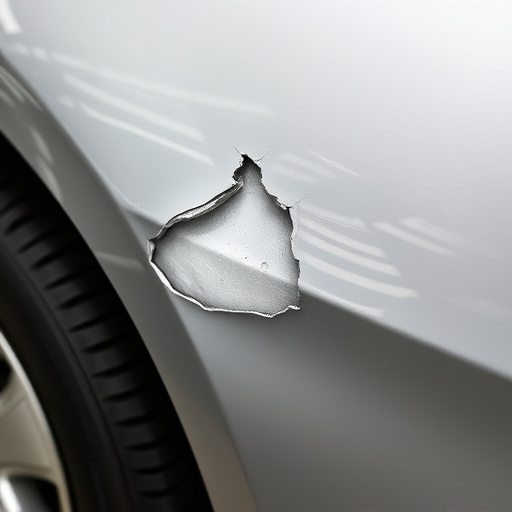
When discussing Tesla major structural repairs, it’s imperative to grasp the intricacies involved in restoring a vehicle to its original integrity. These repairs go beyond mere cosmetic fixes; they encompass the meticulous realignment and reinforcement of crucial automotive components, particularly those related to advanced driver-assistance systems (ADAS). ADAS sensors play a pivotal role in modern vehicles, enhancing safety features like lane departure warnings and automatic emergency braking.
During major structural repair processes, auto body repairs focus on aligning these sensors precisely to ensure their optimal performance. Skilled technicians employ specialized tools and techniques to adjust the sensor positioning, ensuring they function correctly and seamlessly with the vehicle’s advanced driver assistance systems. This meticulous attention to detail is essential in maintaining the safety and efficiency of Tesla vehicles, highlighting the significance of professional automotive repair services for comprehensive and accurate vehicle body repairs.
ADAS Sensors: Role and Realignment Process
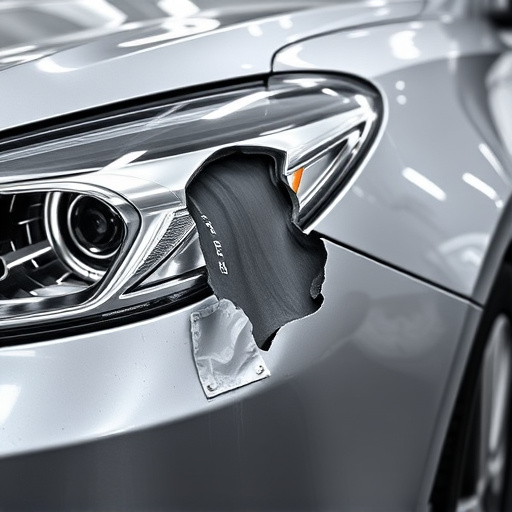
Advanced Driver Assistance Systems (ADAS) sensors play a pivotal role in modern vehicles, enabling features like adaptive cruise control, lane departure warning, and automatic emergency braking. In the context of Tesla major structural repair, realigning these sensors is a critical step to ensure their optimal performance and the safety of the vehicle. The realignment process involves meticulously calibrating each sensor to restore their precise positioning and functionality after any significant car damage repair or dent repair.
During a Tesla major structural repair, body shop services may include not only fixing visible dent repair but also reassessing and realigning ADAS sensors hidden beneath the vehicle’s exterior. Skilled technicians use specialized tools and software to calibrate these sensors, ensuring they function in harmony with the vehicle’s computer systems. This meticulous process guarantees that safety features operate flawlessly, providing drivers with the peace of mind they need on the road.
Ensuring Safety and Performance After Repair
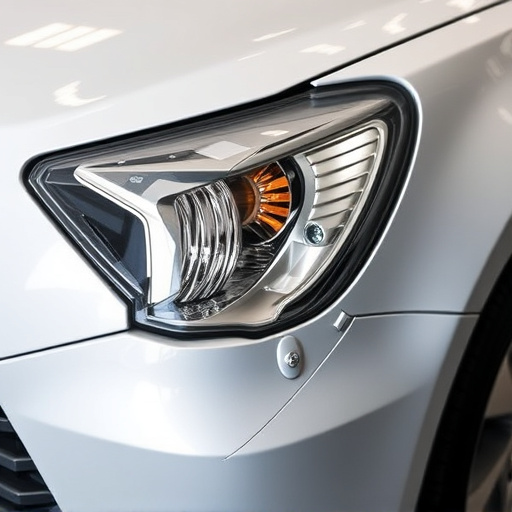
After a Tesla major structural repair, ensuring the safety and performance of the vehicle is paramount. The alignment of Advanced Driver-Assisted Systems (ADAS) sensors plays a crucial role in this regard. These sensors are integral to features like adaptive cruise control, lane keeping assist, and automatic emergency braking, which not only enhance safety but also significantly improve driving dynamics. A skilled collision repair shop specializing in Tesla automotive body work understands the delicate balance required to realign these sensors accurately, ensuring they function at peak efficiency after repairs.
Proper ADAS sensor realignment is essential for maintaining the vehicle’s overall performance and stability. It helps prevent issues such as erratic behavior of safety systems, incorrect speed readings, or poor lane positioning assistance—all of which could compromise both driver confidence and road safety. Therefore, when undergoing Tesla major structural repair, it’s vital to work with professionals who have expertise in automotive restoration techniques, guaranteeing that the vehicle not only looks like new but also operates at its best after leaving the shop.
Tesla major structural repairs, including ADAS (Advanced Driver-Assistance Systems) sensor realignment, are crucial for maintaining both safety and vehicle performance. By understanding the intricacies of these repairs, owners can ensure their cars remain well-equipped with cutting-edge technology. The realignment process is meticulous, aligning sensors to provide accurate data for critical driving aids. With proper execution, Tesla vehicles can continue to offer enhanced safety features, ensuring a secure and efficient driving experience for years to come.
